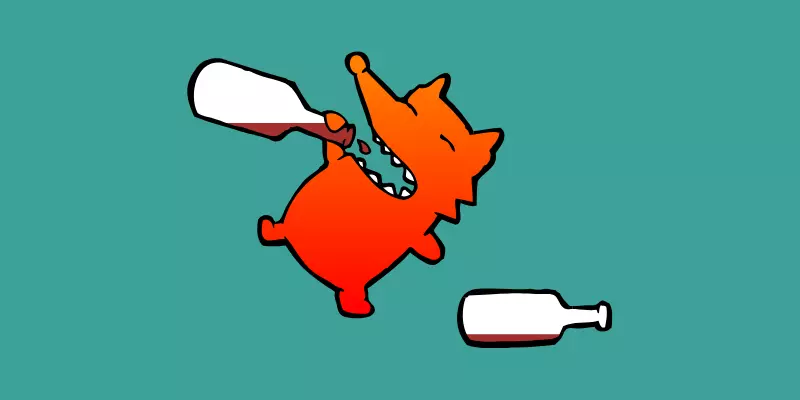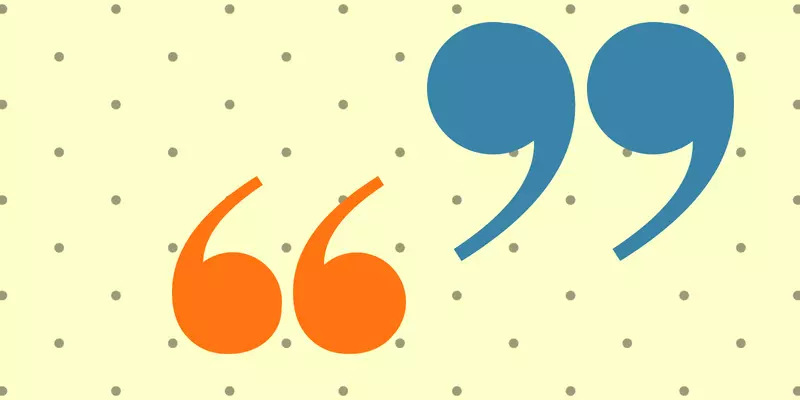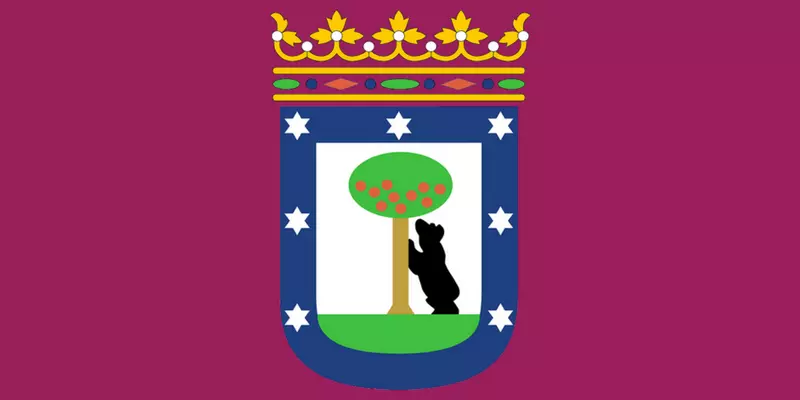
The letter a in Spanish can take on many meanings:
- Fui a Madrid (I went to Madrid)
- ¡A dormir! (Off to bed)
- La tienda cierra a las 15 (The shop closes at 3pm)
- Lo hago a mano (I do it by hand)
- Etc.
There’s one situation, however, where the letter a is required but doesn't actually mean anything at all – the ‘personal a’. The existence of this ‘personal a’ in Spanish is strange to the English speaker’s ear because there’s no direct equivalent in English. But don’t worry, it’s easy to get the hang of.
So what is it and how do we use it?
Anytime the direct object of a sentence is a person, an a must precede it.
If that's too grammary for you, some examples will make everything clear:
- Vi a Tom (I saw Tom)
- Vi a ellos (I saw them)
- Vi la casa (I saw the house)
In the first example, Tom is the direct object of the sentence and he's a person so you can't just say, Vi Tom, but Vi a Tom. This is the same for pronouns too, like ellos (them) in the second example. Compare these to, Vi la casa, where casa (house) isn't a person and so an a isn't required. This pattern remains the same regardless of the verb:
- Besé a mi hijo (I kissed my son)
- Besé mi reloj (I kissed my watch)
- Conozco a tu amigo (I know your friend)
- Conozco esta plaza (I know this square)
Remember that when the personal a is followed by the masculine definite article el, it contracts to al. However, if it's followed by the feminine definite article, la, then the two maintain separate:
- Llamo al rey (I call the king)
- Llamo a la reina (I call the queen)
- Llamo el gobierno (I call the government)
Personification
If you have a pet which you're very fond of you, it's common to personify it by using the personal a. You can do this with other things too, like a doll or teddy bear for example.
- Quiero mucho a mi hámster (I really love my hamster)
- Quiero mucho a mi muñeca (I really love my doll)
- Veo el tigre (I see the tiger)
- Veo la muñeca (I see the doll)
Pronouns
The pronouns nadie and alguien require the personal a. The pronouns ninguno and alguno also require it when they refer to people.
- No gusto a nadie (Nobody likes me)
- Necesito un cocinero, ¿conoces a alguien? (I need a chef. Do you know someone?)
- ¿Cocineros? No conozco a ninguno (Chefs? I don't know any)
- ¿Cocineros? Sí, conozco a algunos (Chefs? Yes, I know some)
Exceptions
As always, unfortunately there are some exceptions. After the verbs tener and haber you don't need the personal a.
- Tengo dos hijas (I have two daughters)
- Hay cuatro camareros (There are four waiters)
When referring to an indefinite person, i.e., when you aren't referring to anyone specifically:
- Veo al cocinero (I see the chef)
- Necesito un cocinero (I need a [any] chef)
Summary
Use the personal a with direct objects that are people
Use the personal a with pets or other personified objects
Use the personal a with pronouns that refer to people
Don't use the personal a with tener and haber
Don't use the personal a when you're not specifically referring to someone

Get the book
If you liked this article check out our new book, How to Speak Spanish like a Native, which is due to be published very soon. It's your complete guide to mastering the Spanish language and speaking like a native. Everything in the blog and more!
Discover more!



